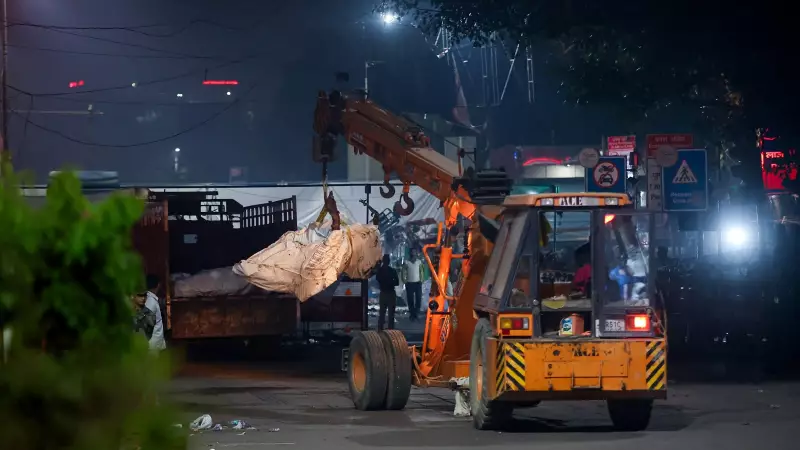
In the wake of the recent Red Fort explosion, security experts are calling for a broader investigation that looks beyond Pakistan to examine homegrown terrorist networks operating within India. The blast on November 10, 2025, has reignited concerns about indigenous terror modules that have existed since pre-Independence times.
The Alert That Uncovered the Network
The breakthrough in the Red Fort case came from the exceptional vigilance of Srinagar Senior Superintendent of Police Sundeep Chakravarthy on October 19. His insistence on investigating seemingly routine protest posters in Jammu and Kashmir led authorities to Maulvi Irfan Ahmad, a cleric from Shopian, and eventually exposed terrorist cells spread across J&K, Haryana, and Uttar Pradesh.
CCTV footage analysis proved crucial in identifying the perpetrators and mapping the sleeper modules. This alertness stands in stark contrast to the initial handling of the Indian Mujahideen (IM), which operated anonymously for years before being properly identified.
Historical Patterns of Indigenous Terrorism
Vappala Balachandran, former Special Secretary of the Cabinet Secretariat and member of the 26/11 terror attacks enquiry committee, emphasizes that India has long struggled with homegrown extremism. He referenced his 2009 lecture at a University of Mumbai seminar, where current National Security Advisor Ajit Doval delivered the keynote address, warning about indigenous terror networks.
The Indian Mujahideen's activities between October 2005 and January 2018 demonstrate how local grievances can be exploited. The group claimed responsibility for the synchronized bombing of three law courts in Varanasi, Lucknow, and Faizabad in November 2007, which killed 18 people. Investigations later revealed IM was behind 23 bomb blasts across India, including the 2005 Delhi bombings.
Learning from Historical Precedents
Balachandran points to historical evidence from Kerala's Malabar region, where religion-based attacks resembling modern terrorism occurred as early as 1836-1853. The Strange Commission, constituted under Thomas Lumisden Strange, found that religious bigotry rather than anti-landlord sentiment drove these conflicts.
The commission's findings revealed how preachers radicalized poor, less-educated Muslims who otherwise lived harmoniously with Hindus. The British government exiled Yemeni-origin preacher Sayyid Fazal to Saudi Arabia in 1852 following these findings. The violence culminated in the assassination of Malabar Collector Henry Valentine Conolly and his wife on September 12, 1855.
However, Conrad Wood's 1987 book "The Moplah Rebellion and its Genesis" offers a different perspective, blaming British policies that discriminated against Moplas while favoring Hindu landlords, thereby destroying social cohesion in Malabar.
The crucial lesson for modern security agencies is that effectively combating indigenous terrorism requires understanding layered, historical grievances and their impact on contemporary society. Rather than exclusively focusing on cross-border connections, investigators must examine how fanatics exploit local discontent to recruit members and plan attacks within the country.





